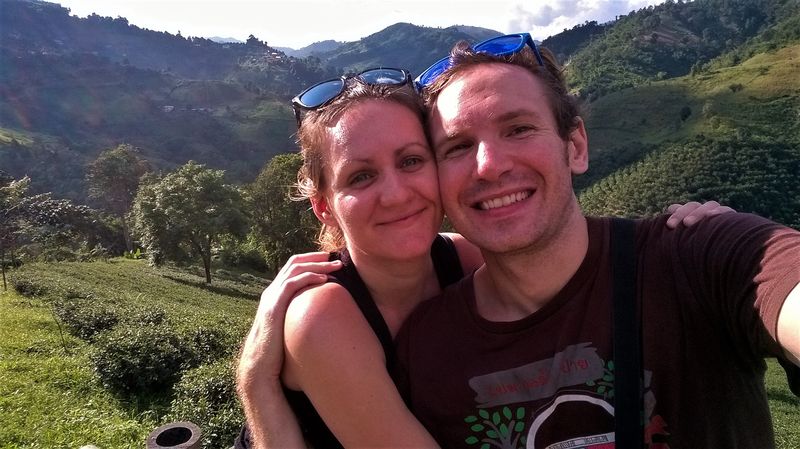
01 Oct Planning an adventure in 5 easy steps
It’s almost the end of the year and our thoughts are turning towards 2018. Where will our journey take us and what epic adventures can we plan? If you’re also dreaming of a taking a big trip next year but are feeling overwhelmed with the logistics, here’s a guide to planning an adventure in five easy steps.

1. Dream big and budget
Whether you’re planning a long-term trip or short holiday, dream big. Want to trek in the Amazon, take a safari in South Africa or go sailing in the South Pacific? Listen to your gut and pick a bucket-list adventure that you can’t wait to take. For example, this year our biggest trip was trekking to Everest Base Camp in Nepal, it was a journey I’ll never forget in the most beautiful place I’ve ever been.
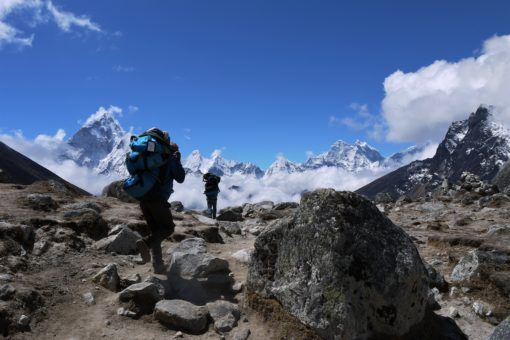
Once you’ve picked a destination, devise a budget. Read travel blogs and destination guides to figure out how much your trip will cost and scour hotel booking and flight comparison sights like crazy. Try to create a rough budget using this information and start saving money for your trip now. If it helps, put your travel fund into a separate bank account that you can’t touch for a set amount of time. Here’s a guide to the top travel credit and debit cards we use.
2. Planning an adventure – book flights
It’s best to book fights as far in advance as possible to get the cheapest deals, here’s how we find the best flights. Before you book, figure out what time of year is best to visit your chosen destination, beware of hurricane and expensive peak seasons, for instance. We use flight comparison sights such as Skyscanner and Google Flights to find the best deals. Many people like to use a credit card for flight bookings as they typically offer protection against cancellations and delays.

3. Plan your itinerary
When we plan a trip, we try to put together a rough travel itinerary in advance. If we’re travelling to a new country, we’ll read up about its top travel experiences and use that information to plot a logical route on a map. If you were travelling to Vietnam for example, you’d likely start your trip in Hanoi and plot a route down the coast to Ho Chi Minh City stopping at key sights along the way such as Hue, Hoi An, Danang, Mui Ne and Dalat.
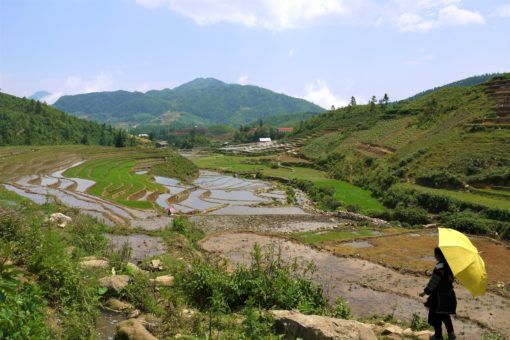
Sapa, Vietnam
If you find this part of travel planning overwhelming, you can always hire a travel company to create a tailor-made itinerary for you. Relatives of ours, for example, hired a travel planner to organise their entire six-week retirement trip to Australia next year. After an initial consultation, the planner was able to plot a route that catered to their interests and arrange flights, car hire and hotel bookings.
4) Organise visas and vaccinations
Don’t forget to check what the visa requirements are for your chosen destination. While you can get a visa-on-arrival in many destinations, for others like New Zealand and the USA you’ll need an electronic ESTA and for some you’ll need to get a visa in advance from an embassy in your home country. Another key thing to check is what vaccinations you need for your trip and whether you need malaria tablets, find out more about this in our travel health guide.

Giving Blood in Cambodia
5) Get your gear and insurance
Now for the fun part – creating your packing list! When we first left the UK to travel the world, we spent months planning what to take with us and packed everything carefully into two carry-on sized Osprey backpacks. Although we’re more relaxed about things these days, we still consider what kind of clothing we’ll need for the climate and stock up on toiletries like insect repellent and sun cream (these are often expensive to buy in Asia, for instance).
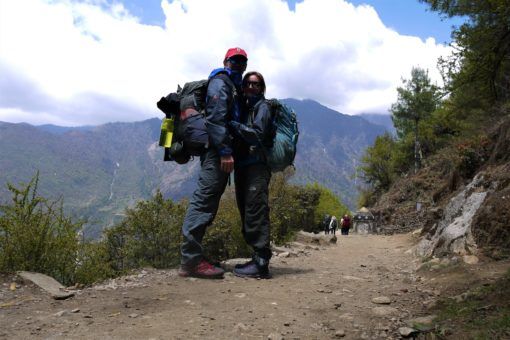
I believe that you shouldn’t travel anywhere without comprehensive travel insurance. Make sure it includes adequate medical cover and repatriation costs, should the worst happen, this is the last thing you’d want your family to have to deal with. Get multiple insurance quotes before you buy a policy. We’ve used various companies over the years including Globelink, Explorer and World Nomads, which is the gold-star option for long-term travellers.
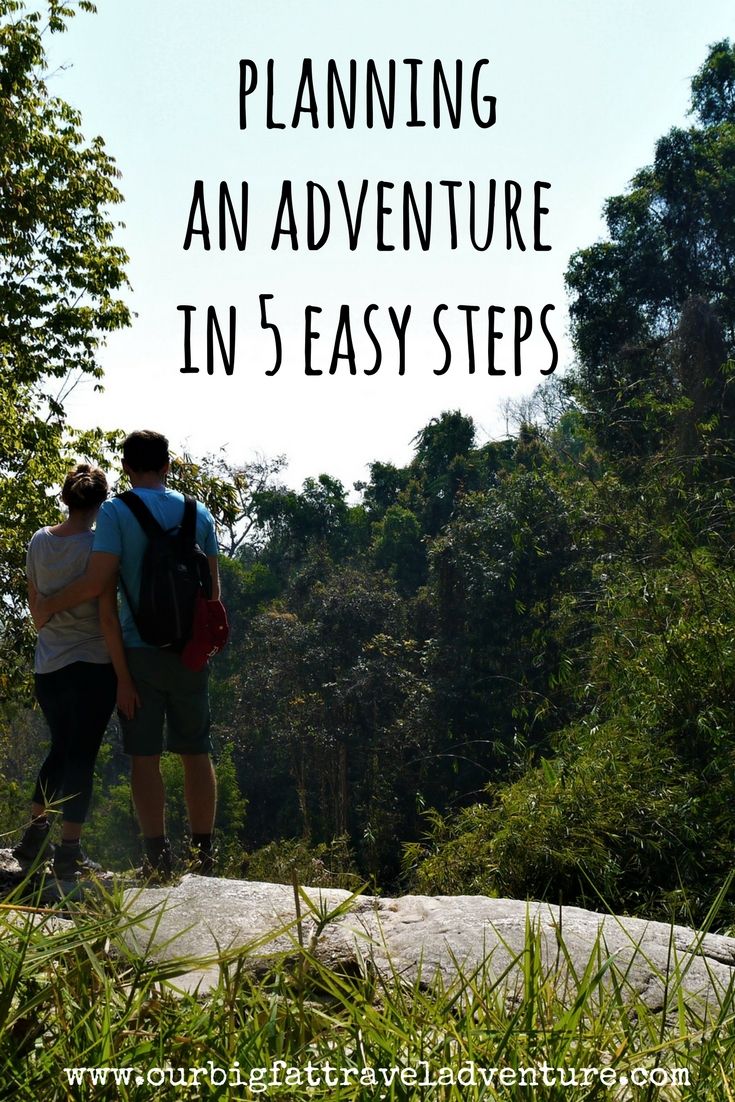
Pin Me For Later!
Now all that’s left to do is get out there and enjoy your adventure. Happy travels! Do you have any more tips for planning an adventure? Please share in the comments below.





No Comments